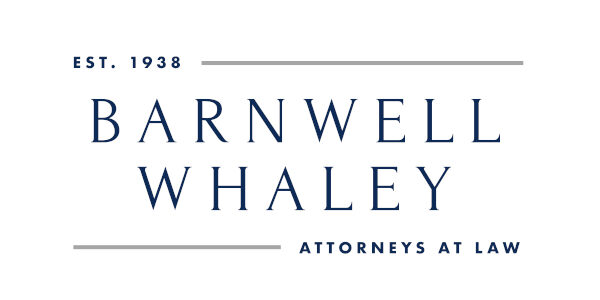Workers and COVID – How the EEOC Sees It
by Paul H. Derrick
Many of us recall that when the Americans with Disabilities Act (ADA) was born in 1990, a broad rule of thumb was that temporary physical or mental conditions generally were not covered disabilities. That included things like broken bones, sprained joints, and viral illnesses such as colds and flu. (After all, viruses only live for days or weeks before they die, right?) Over the past three decades, that general rule has undergone some tweaking.
For about the 20th time since the pandemic began, the U.S. Equal Employment Opportunity Commission (EEOC) has again updated its COVID-19 technical assistance. This latest tweak focuses on COVID-19 and the definition of disability under Title I of the ADA, which deals with employment discrimination. The update gives examples illustrating how an individual diagnosed with COVID-19 or a post-COVID condition could be deemed to have a legal disability under the ADA.
Wait, what? Isn’t COVID a viral illness? Aren’t those just temporary?
This time around, the EEOC added a new section to clarify the circumstances under which COVID-19 might be considered a disability under the ADA. There is also some discussion about people who continue to experience symptoms that can last months after being infected or may have new or recurring symptoms later. That condition is commonly known as “long COVID.”
Suffice it to say that the EEOC’s new guidance is not a detailed treatise on all things COVID or the ADA’s applicability to the on-again/off-again pandemic. It does reiterate, however, a few broad points that probably are good to keep in mind when addressing any disability-related issues, including those stemming from COVID. Key information includes:
- In some cases, an applicant’s or employee’s COVID-19 may cause impairments that are themselves disabilities under the ADA, regardless of whether the initial case of COVID-19 itself constituted an actual disability;
- An applicant or employee whose COVID-19 results in mild symptoms that resolve in a few weeks—with no other consequences—will not have an ADA disability that could make someone eligible to receive a reasonable accommodation;
- Applicants or employees with disabilities are not automatically entitled to reasonable accommodations under the ADA. They are entitled to a reasonable accommodation when their disability requires it, and the accommodation is not an undue hardship for the employer. But, employers can choose to do more than the ADA requires; and
- An employer risks violating the ADA if it relies on myths, fears, or stereotypes about a condition and prevents an employee’s return to work once the employee is no longer infectious and, therefore, medically able to return without posing a direct threat to others.
If you have questions about disability or any other aspect of employment or labor law, please contact one of the workplace attorneys at Barnwell Whaley.

